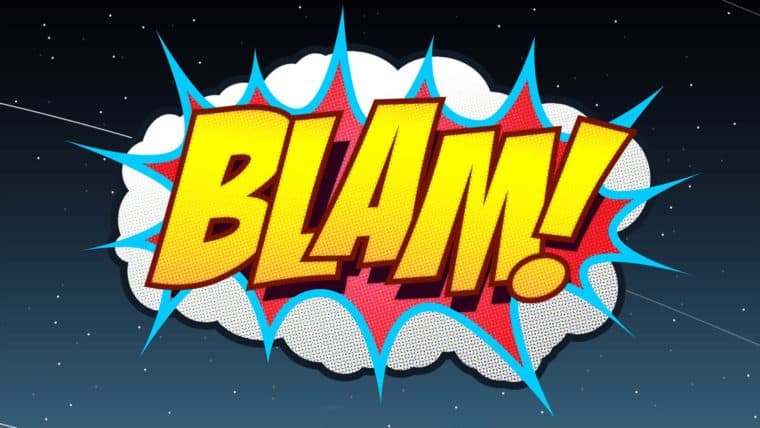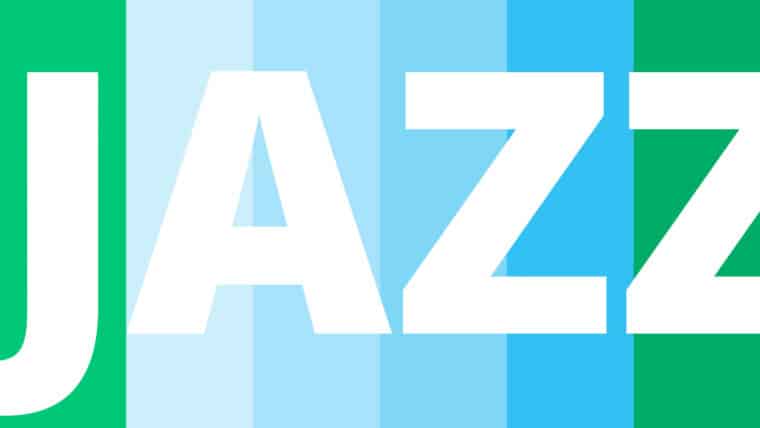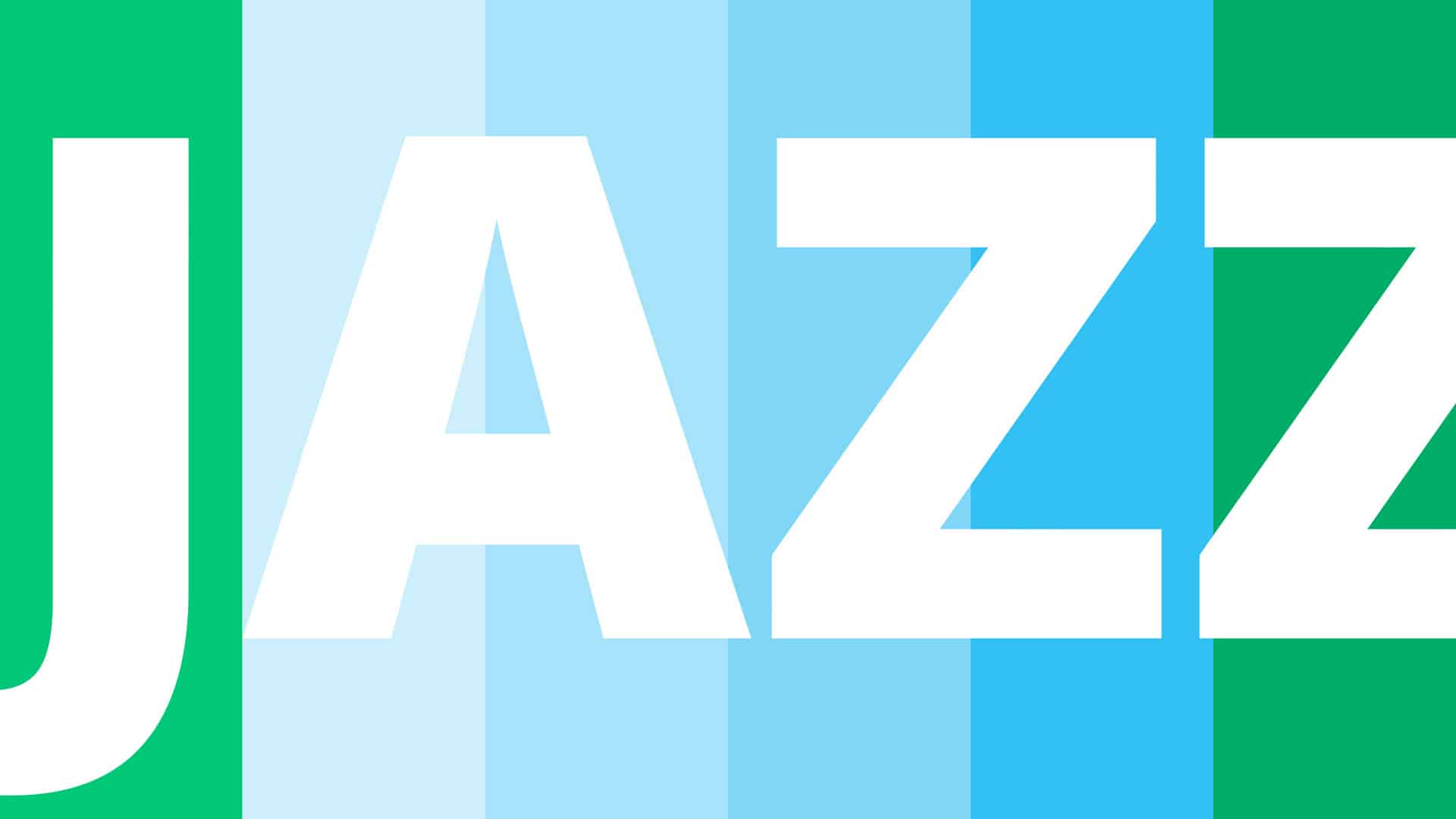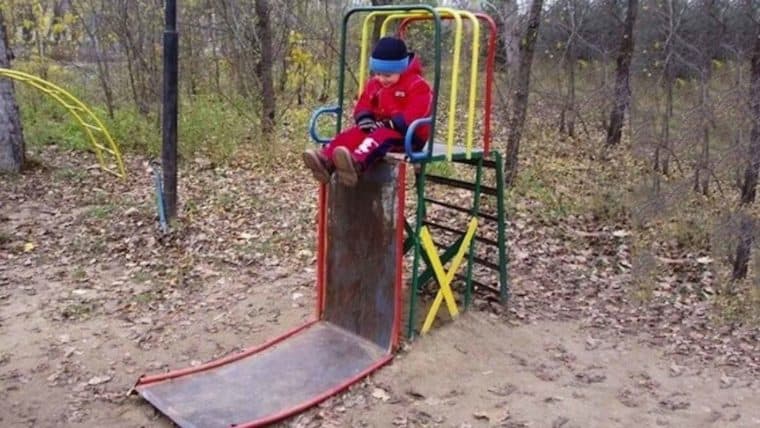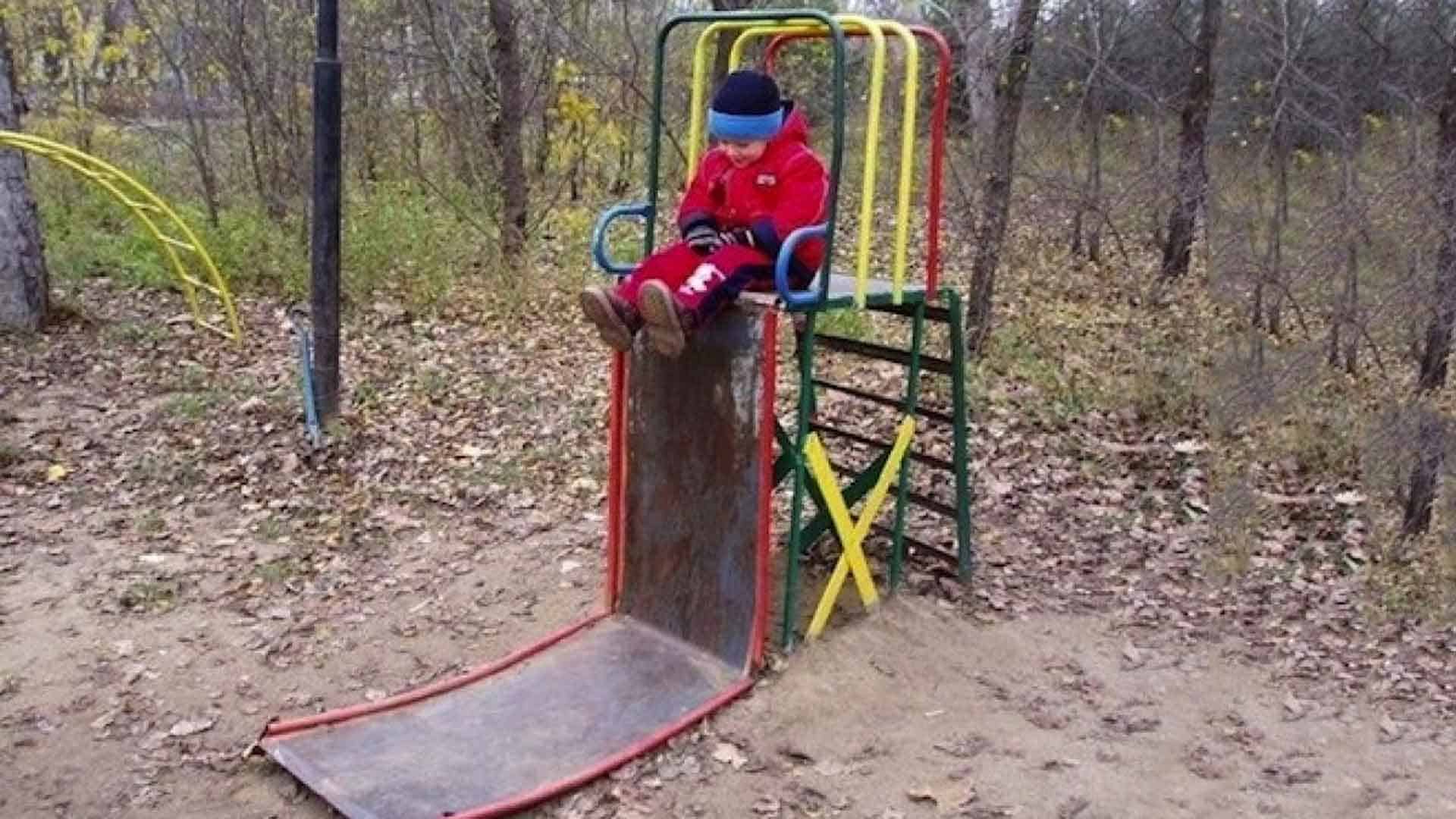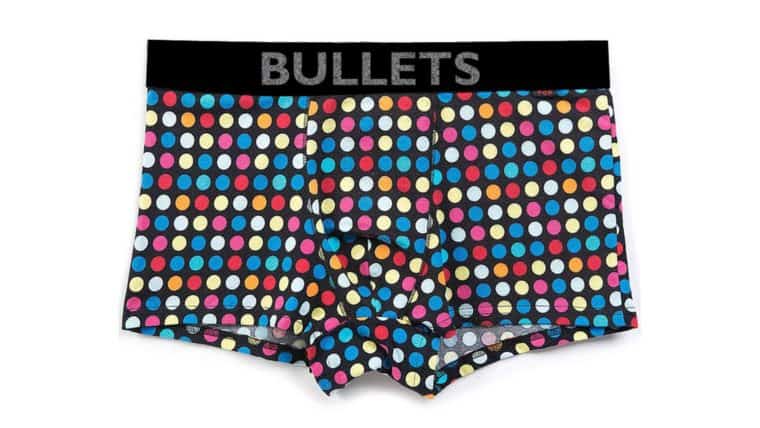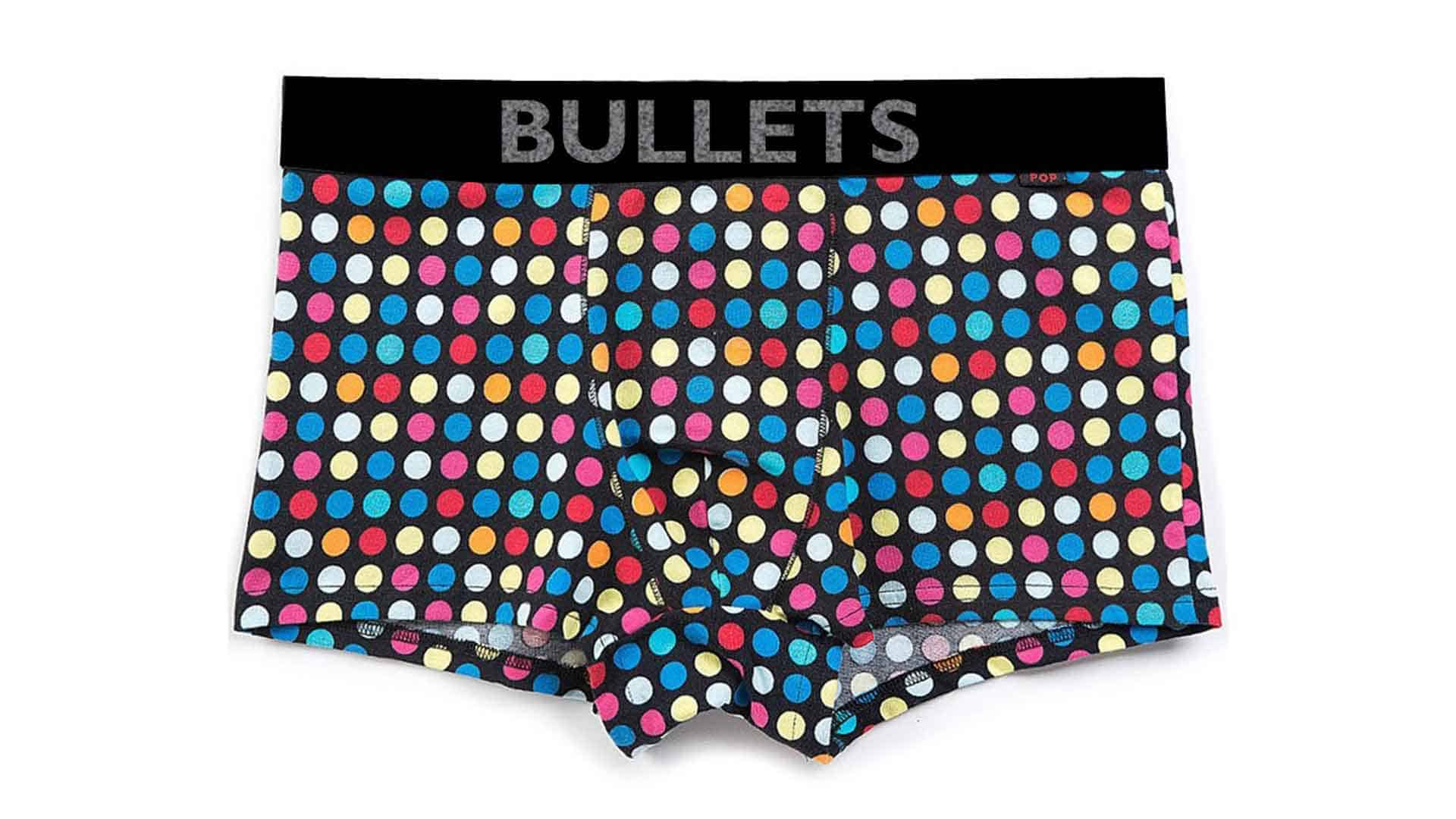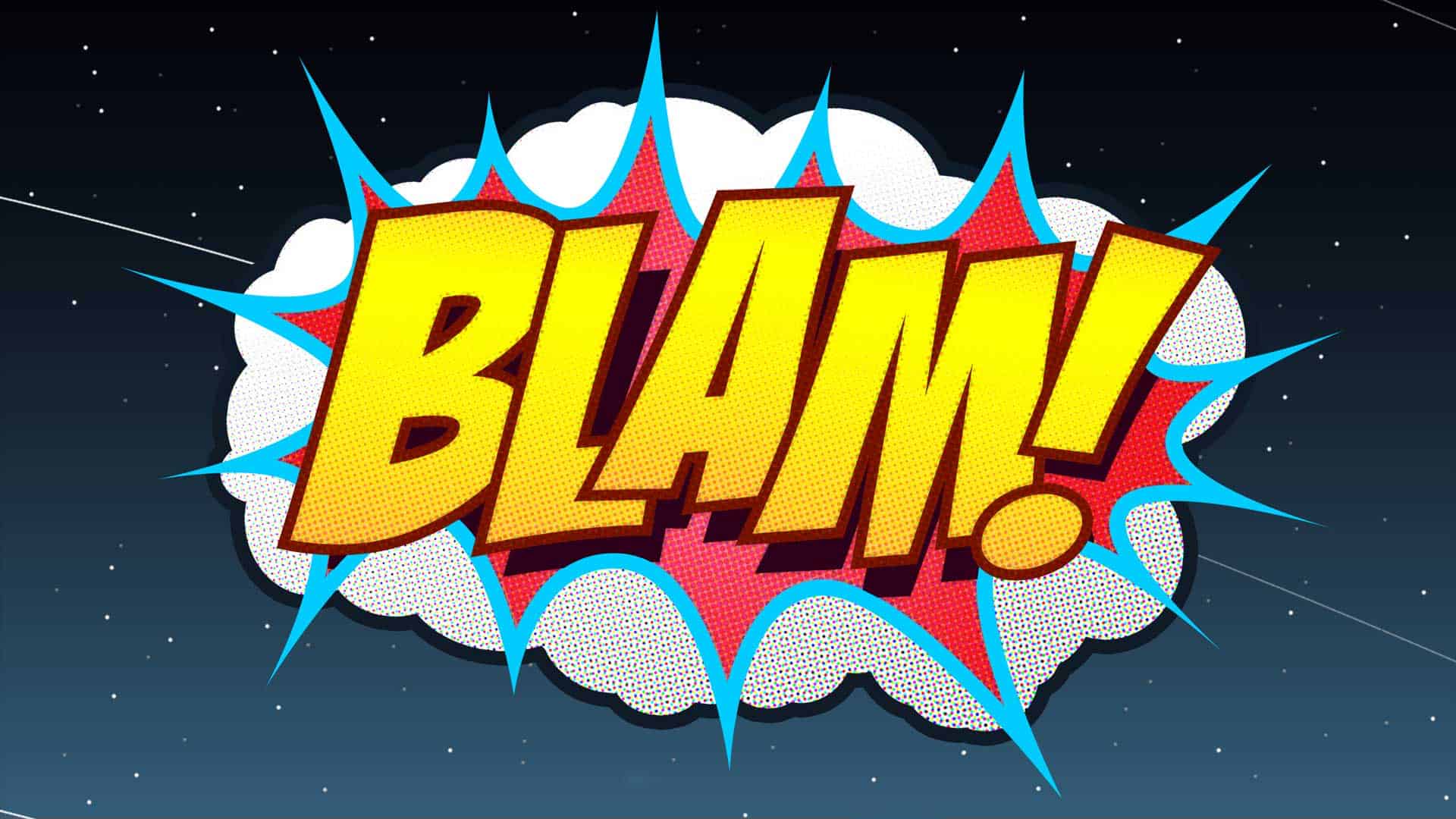
In my view, the inherit complexities of making animated videos is rewarding. Many elements need to come together to create meaningful impact: the story, the characters, the narrator, the tone, the design, the motion. It all adds up quickly. Did I forget something? Yes, the sounds! Bang.
Until our theaters or devices can waft relevant olfactory stimuli (buttery popcorn doesn’t count, sorry), animations stimulate just two senses: our sight and our hearing. Could you imagine Wile E. Coyote dropping from a desert cliff without a descending whistle then dusty thud? Could Star Wars be Star Wars without those epic music motifs? Nope. Music and sound design have that awesome ability to transcend the listener to a moment in time, into a virtual space with a desired mood and emotion, without even a word spoken. It’s the perfect complement to our first sense, sight, when what we see naturally aligns to what we hear.
Unlike videos captured in real environments with real sound emitted by real people or objects, animations start with a blank screen and utter silence. A story is carefully crafted with meaningful words. Characters are thoughtfully designed, then come to life in ways that bolster the story. What helps them come to life? Motion and sound. What do apps, databases and consistency models sound like when they come to life? Take a listen to our interpretation in this animation we recently created for the launch of Microsoft’s Azure Cosmos DB:
Now, if you just watched this on mute, turn up the volume and watch again. Hopefully you noticed how the music enhanced the narrative arc. When we set context in the beginning the music is softer. At the product hero moment, the song kicks in, adding impact. What about the earth fly-by at the end? Sound effects enhance the left to right motion and bring it closer to us. If only we could sprinkle some space dust for you to smell too, that’d really amplify the moment. I think some folks in AR/VR are working on that…that’ll be fun!

